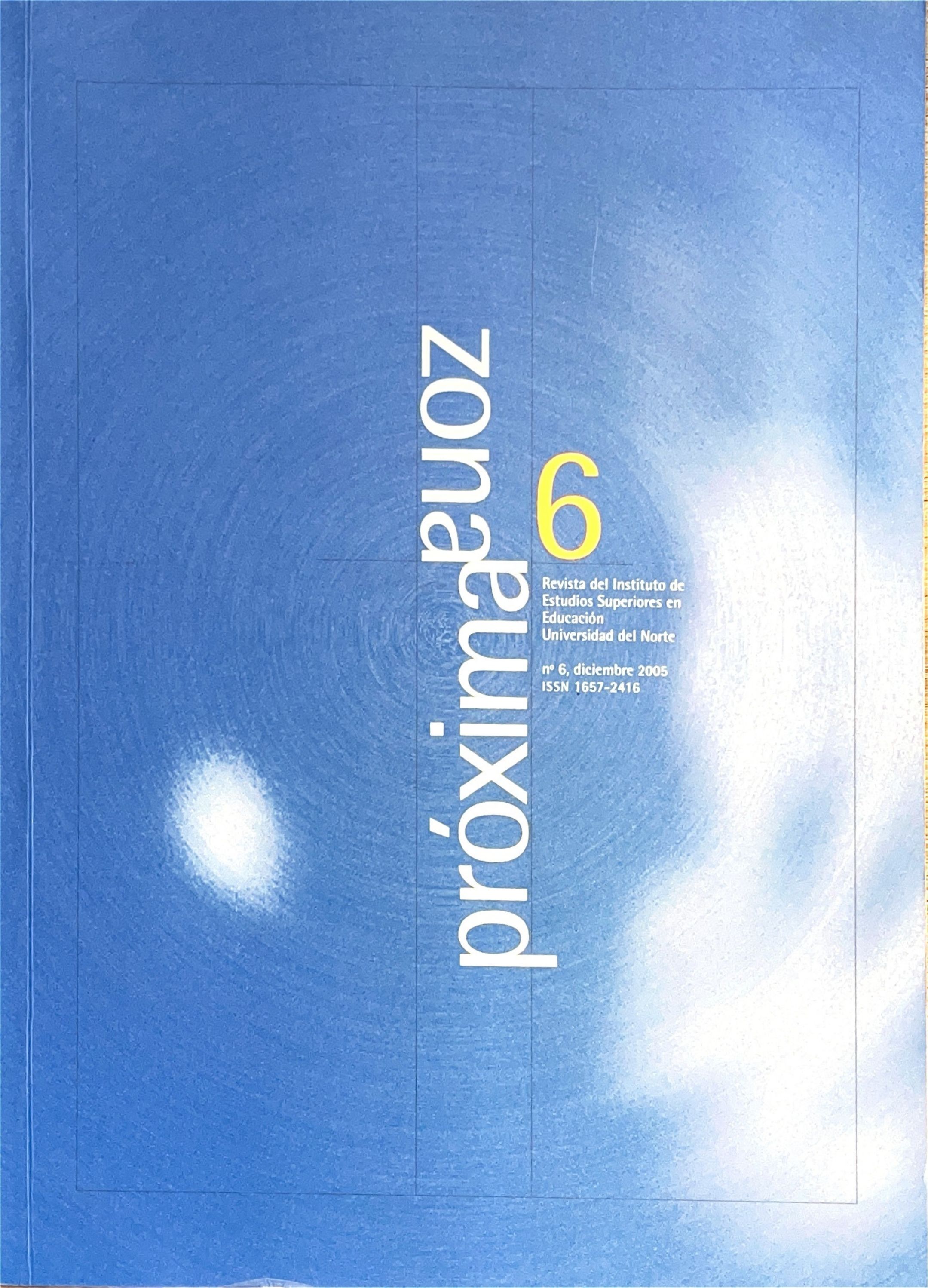Abstract
This paper shows the results of a research carried out on nonexpert students of sixth grade, who interacted with different types of hypertexts. Research objectives were to identify hypertext navigation patterns, to determine whether linear sequences of navigation predominated in the group, and to determine whether a relationship existed among the different types of hypertexts used and navigation patterns used by students. To carry out the study, a system of hypertexts was developed by using Toolbook 5.0. This tool registered automatically student route in each story. Results confirm the predominance of linear sequences in this type of subjects.
References
ADELL, JORDI, (1995) La navegación hipertextual en el World-Wide Web: implicaciones para el diseño de materiales educativos. Comunicación presentada a Eedutec’95, II Congreso de Nuevas Tecnologías de la Información y Comunicación para la Educación. Universitat de les Illes Balears, Palma de Mallorca, 22, 23 y 24 de noviembre.
EDWARDS, D.M. AND HARDMAN, L. (1989) ‘Lost in Hyperspace’: Cognitive Mapping and Navigational in a Hypertext Environment. McAleese, R. (Ed.) Hypertext: Theory into Practice. Intellect Press: Oxford, págs. 104-125.
NIEDERHAUSER, D.S., REYNOLDS, R. E., SALMEN, D. J., & SKOLMOSKI, P. (2000) The influence of cognitive load on learning from hypertext. Journal of Educational Computing Research, 23(3), 237-255.
WRIGHT, P. Y LICKORISH, A. (1990) An empirical comparison of two navigation systems for two hypetexts. En McAleese, R. y Green, C, (Eds.). Hypertext: State of the Art. Oxford, England: Intellect.
MONK, A.F. (1990) Getting to know locations in a hypertext. En McAleese, R. y Green, C. (Eds.). Hypertext: State of the Art. Oxford, England: Intellect.
CATLEDGE, L.D. Y PITKOW, J.E. (1995) Characterizing Browsing Strategies in the World-Wide Web. Proceedings of the Third International World-Wide Web Conference, Darmstadt, Germany, April 1995. http://www.igd.fhg.de/www/www95/pro-ceedings/papers/80/userpatterns/UserPat-terns.Paper4.formatted.html>.
D.G. HENDRY; T.T. CAREY; S.T. TEWINKEL. A study of Measures for Research in Hypertext Navigation. En: Human-Computer Interaction (INTERACT) ?90. University of Guelph Ontario, Canada, 1990. pp. 101-106.
NELSON, T.H. (1978) Electronic publishing and electronic literature. In E. C. DeLand (Ed.), Informational technology in health science education (pp. 123-149). New York: Plenum.JONASSEN, D.H. (1986) Hypertext principles for text and courseware design. Educational Psychologist, 21, 269-292.
JONGSMA, K. (1999) Vocabulary and comprehension strategy development. Reading Teacher, 53(4), 310-312.KOZMA, R. B. (1991) Learning with media. Review of Educational Research, 6, 179-211.
LAWLESS, K.A., & KULIKOWICH, J.M. (1996) Understanding hypertext navigation through cluster analysis. Journal of Educational Computing Research, 14(4), 385-399.
LAWLESS, K.A., & KULIKOWICH, J.M. (1998) Domain knowledge, interest, and hypertext navigation: A study of individual differences. Journal of Educational Multimedia and Hypermedia, 7(1), 51-70.
ALEXANDER, P.A., KULIKOWICH, J.M., & JETTON, T.E. (1994) The role of subject-matter knowledge and interest in the processing of linear and nonlinear texts. Review of Educational Research, 64, 201-252.
ANDERSON-INMAN, L., & HORNEY, M.A. (1994) The electrotext project: Hypertext reading patterns of middle school students. Journal of Educational Multimedia and Hypermedia, 3, 71-91.
BARAB, S.A., BOWDISH, B.E., & LAWLESS, K.A. (1997) Hypermedia navigation: Profiles of hypermedia users. Educational Technology Research and Development, 45(3), 23-42.
HENAO, OCTAVIO (1992) El hipertexto: un nuevo espacio para la lectoescritura. En: Memorias del II Congreso Colombiano de Informática Educativa. Santiago de Cali-Red Iberoamercana de Informática Educativa. Pontificia Universidad Javeriana, abril 20-23 de 1994.
CONKLIN, J. (1987) “Hypertext: An Introduction and Survey” IEEE Computer, September 1987. 17-41.LANDOW, G. (1995) Hipertexto. La convergencia de la teoría crítica contemporánea y la tecnología. Barcelona: Paidós.
BARTOLOMÉ, A. (1996) “Preparando para un nuevo modo de conocer”. Edutec, 4 (http://www.uib.es/de-part/gte/revelec4.html)
DUCHASTEL, P. (1990) “Examining cognitive processing in hypermedia usage”. Hypermedia, 2 (3). 221-233.
LEÓN, J. (1997) “La adquisición de conocimiento a través del material escrito: texto tradicional y sistemas de hipertexto”. En Vizcarro, C. y León, J.
LEVENTHAL, L. et al. (1993) “Sleuthing in HyperHolmes: an evaluation of using hypertext vs. a book to answer questions”. Behaviour and information technology, 12 (3). 149-164.
BROWN, P. (1989) “Hypertext: dreams and reality”. En Proceedings of the Hypermedia/Hypertext and Object Oriented Databases Seminar. London: Brunel University.
SEE, E. (1990) “Linking to hypertext: a comparative study”. En Proceedings of the 37th International Communication Conference. Arlington, VA: Society for Technical Communication. RT 60-63.
SMALL, R. y Grabowski, B. (1992) “An exploratory study of information-seeking behaviors and learning with hypermedia information systems”. Journal of Educational Multimedia and Hypermedia, 1 (4). 445-464.
REINKING, D. (1988) Computer-mediated text and comprehension differences: The role of reading time, reader preference, and estimation of learning. Reading Research Quarterly, 23, 485-498.
SPIRO, R.J., & JEHNG, J.C. (1990) Cognitive flexibility and hypertext: Theory and technology for the nonlinear and multidimensional traversal of complex subject matter. In D. Nix & R. J. Spiro (Eds.), Cognition, education, and multimedia: Explorations in high technology (pp. 163-205). Hillsdale, NJ: Lawrence Erlbaum


